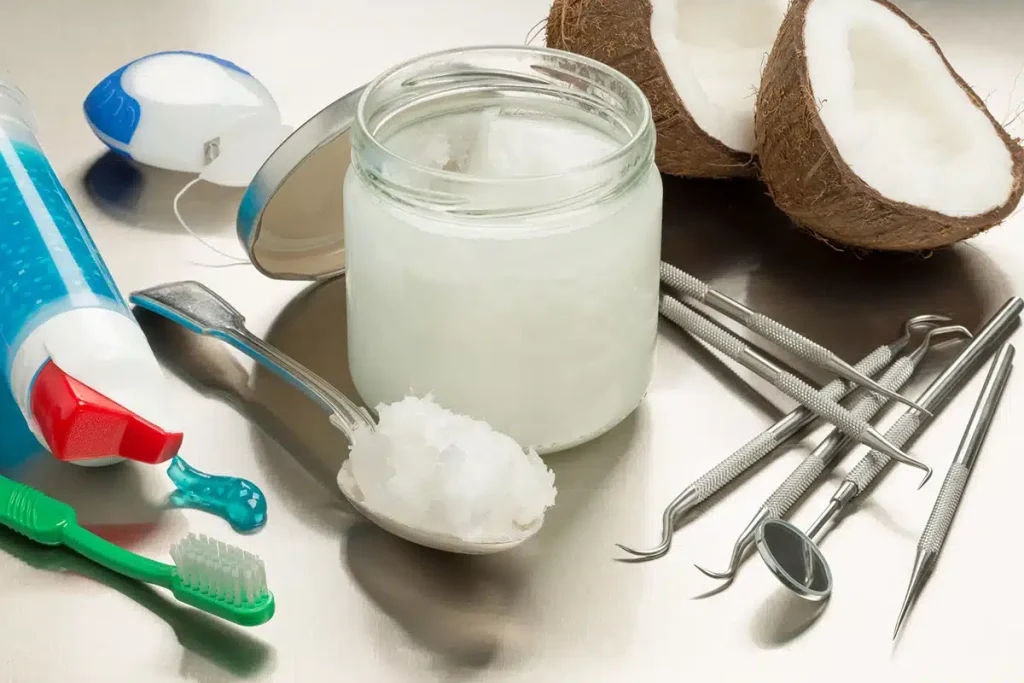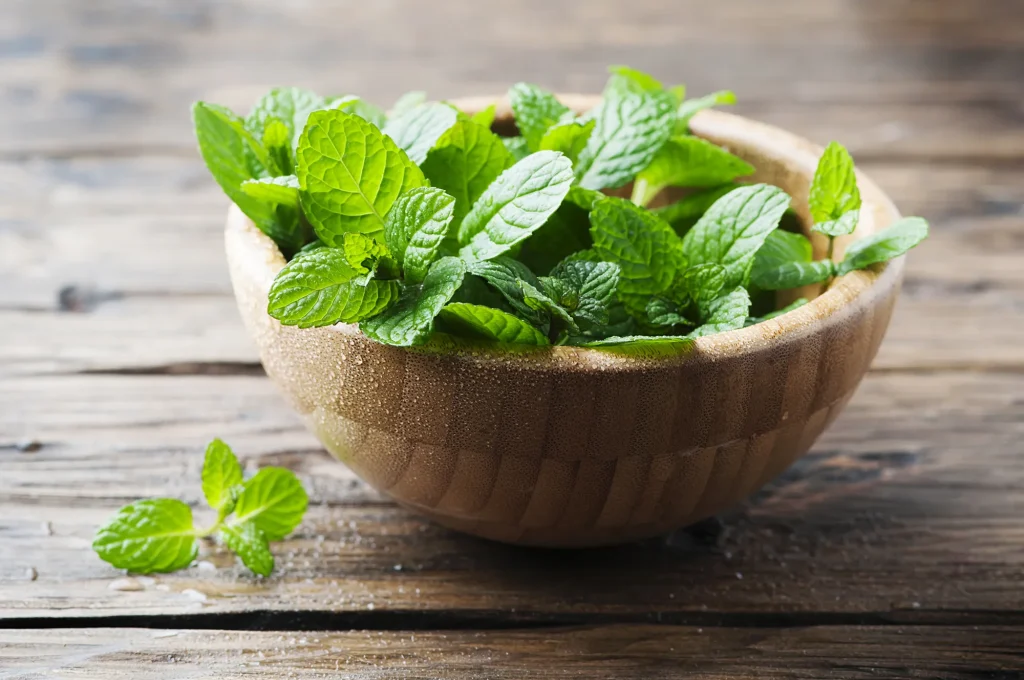
Yellow teeth are a common cosmetic concern that can affect your confidence and smile. While professional whitening treatments are available, many people look for natural, at-home methods as a complementary option. Let’s explore which of these methods are supported by science and which should be approached with caution.
1. Baking Soda (Sodium Bicarbonate)
Baking soda has mild abrasive properties that can help remove surface stains from teeth. Several studies support its effectiveness in improving plaque control and whitening when used moderately.
How to use it:
- Mix a small amount of baking soda with a few drops of water to form a paste.
- Gently brush your teeth with the paste 2–3 times a week.
- Avoid excessive use to prevent enamel erosion.
2. Coconut Oil Pulling

Oil pulling with coconut oil may help reduce bacteria in the mouth and improve oral hygiene. Some users report a cleaner mouth and fresher breath, although there’s limited evidence for its whitening effect.
How to use it:
- Swish 1 tablespoon of coconut oil in your mouth for 10–15 minutes.
- Spit it out and rinse with water.
- Do this once daily, preferably in the morning.
3. Crunchy Fruits and Vegetables

Crunchy fruits and vegetables like apples, carrots, and celery can help scrub away plaque and food particles, acting as natural “cleansers” for your teeth.
Additional tip:
Eating foods high in calcium, like dairy products and leafy greens, can strengthen teeth and support enamel health.
4. Green Tea
Green tea is rich in antioxidants and natural antibacterial properties. Regular consumption may reduce bacteria and contribute to better oral health.
How to use it:
- Drink unsweetened green tea daily.
- Alternatively, use cooled green tea as a mild natural mouth rinse.
5. Fresh Mint Leaves

Why they may help: Chewing mint leaves or using them in tea can help freshen breath. While not a whitening agent, mint supports a cleaner oral environment.
Teeth Whitening Methods to Avoid or Use with Caution:
-
Rice Water: No scientific proof it whitens teeth. It contains minerals but doesn’t effectively remove stains.
-
Strawberries & Banana Peels: Trendy but unproven. Strawberries are acidic and can damage enamel; banana peels show no real whitening effect.
-
Apple Cider Vinegar: Antibacterial, but too acidic—can erode enamel with regular use.
Important Reminder:
Natural remedies can support dental care but shouldn’t replace brushing, flossing, or dentist visits. Stick to fluoride toothpaste, limit staining foods, and get regular checkups.
Conclusion
Some gentle options like baking soda or oil pulling may help, but avoid harsh trends like fruit acids or vinegar—they can damage enamel. When in doubt, ask your dentist.